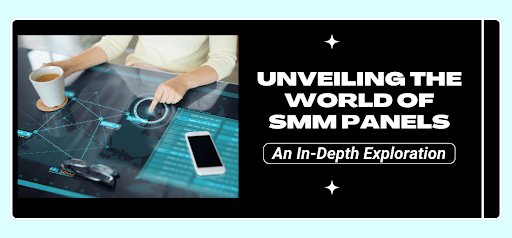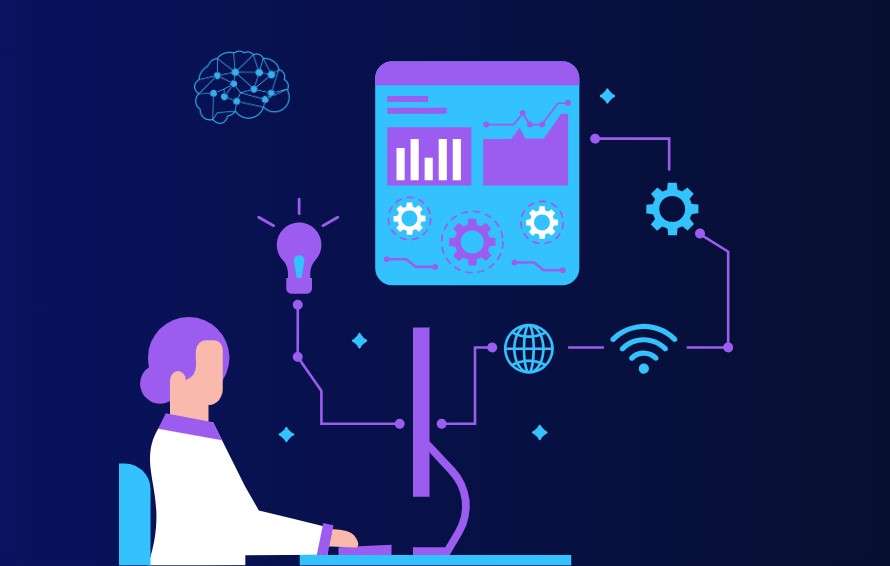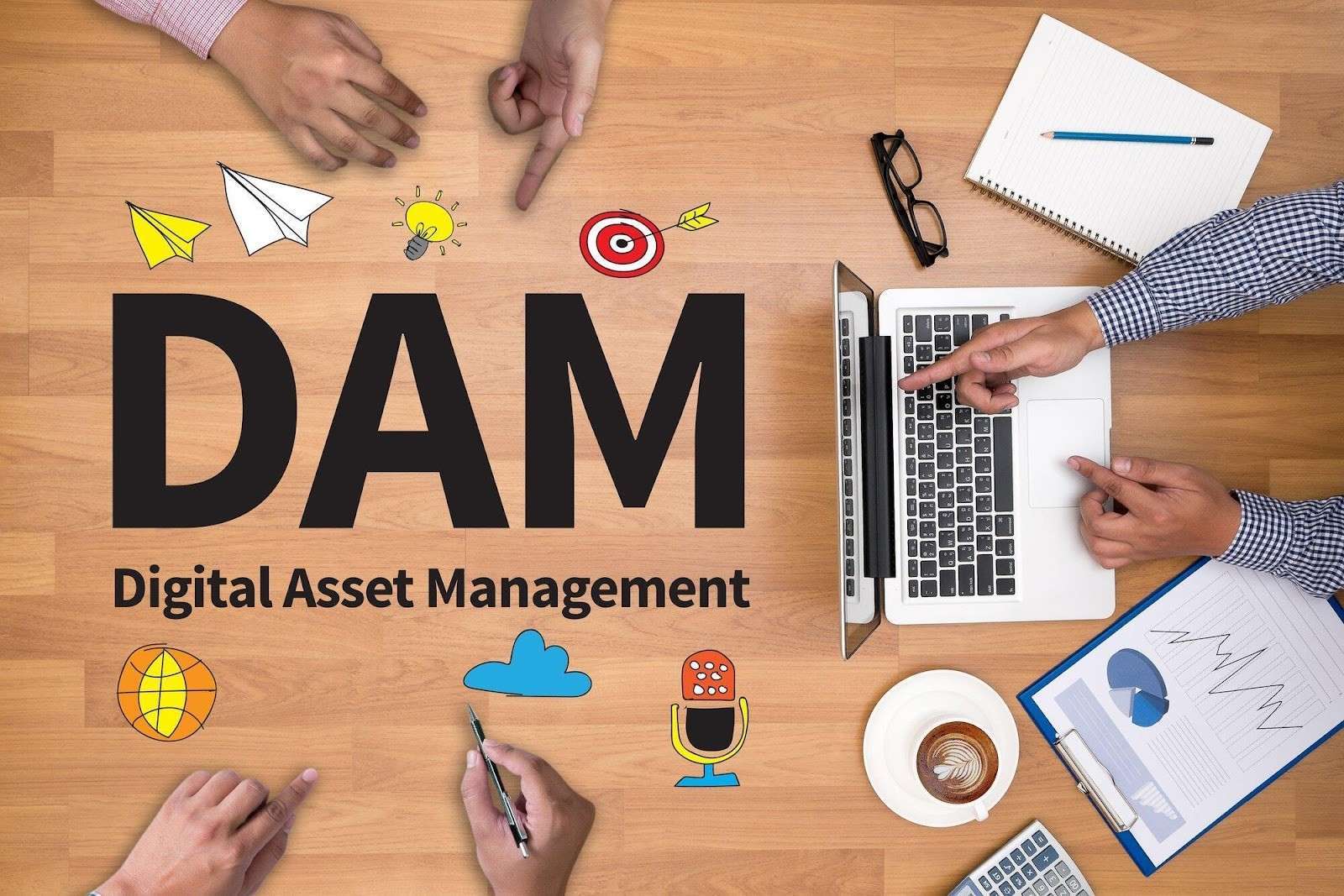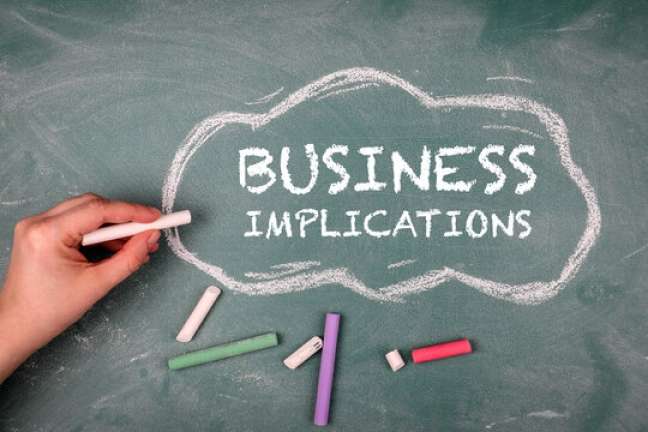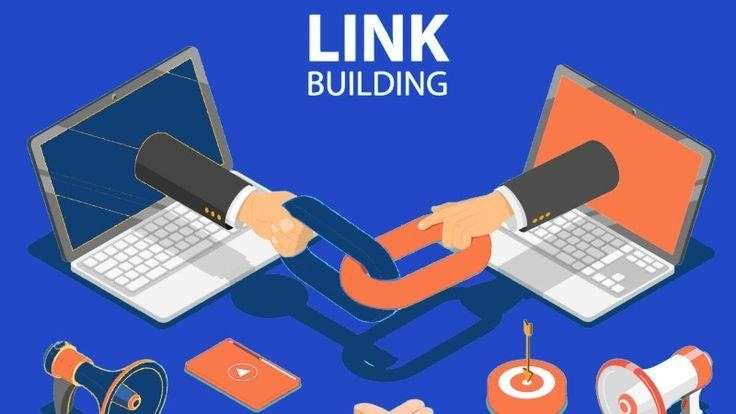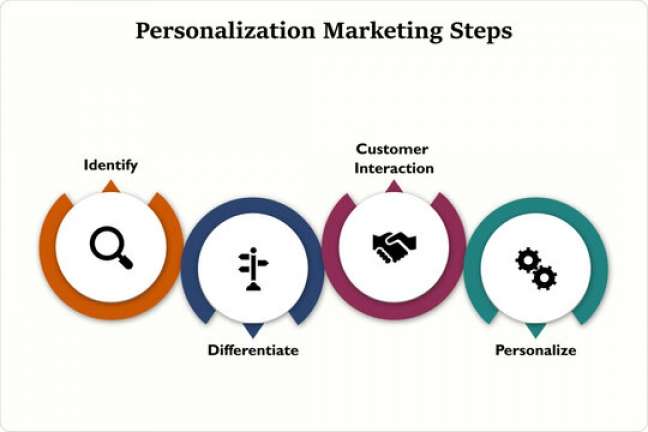Data breaches and hacks are an ever-growing problem for cloud security teams. To deal with the threats, there are thousands of configurations and settings you can apply. But how do you ensure consistency across all of your systems?
The solution lies in Cloud Security Posture Management or CSPM. It automates the cloud security management for you, so you spend more time securing your cloud infrastructure. In this article, you’ll learn how to find the best cloud security platform like sonraisecurity.com/use-cases/cspm/.
Look for IAM Capabilities
Every cloud security platform should have a robust IAM or Identity and Access Management system in place. It adds a layer of security over your company’s data. IAM is all about defining roles and access privileges to each user. Based on these privileges, the users are either allowed or denied access to the data. When looking at the IAM capabilities, you should check for the following features:
- Password management tool
- Provisioning software
- Identity Repository
- Security policy enforcement tool
- Real-time monitoring tools
IAM can prevent cyber attacks by automating the access privilege provision and account controls. But poor IAM strategies can backfire. Therefore, you need to have strong IAM policies in place.
Threat Monitoring and Intelligence
The platform should have industry-standard threat monitoring and intelligence in place. Threat monitoring continuously monitors for any breach attempts or intrusion attempts and takes necessary steps to prevent them.
On the other hand, threat intelligence is the knowledge that the platform can use to make its decision. The knowledge can be contexts, mechanisms, or indicators. Look for the following tools when inspecting this feature:
- Intrusion detection systems
- Intrusion prevention systems
- Threat detection tool
- Threat investigation tool
Firewalls
When working with a cloud infrastructure, you’ll be sending packets of information back and forth between the servers and your machines. You need something to monitor and control these data exchanges, and that’s where you need firewalls.
Firewalls are often the first line of defense. They are tasked with protecting the infrastructure and decide whether to block or allow specific traffic.
It’s important to note that firewalls can be both hardware and software. But it’s the software part that you should be most concerned about.
Therefore, when selecting a cloud security platform, you should ensure that it has up-to-date firewalls in place.
Encryption
Encryption is one of the best ways to prevent data manipulation, which can lead to data breaches. It involves encoding and decoding data at the sender’s and receiver’s end. By encrypting the information, you make it inaccessible to unauthorized users.
So the platform should be data encryption capabilities. Furthermore, it should have capabilities for both symmetric and asymmetric encryption.
Physical Security
Physical security is just as important as the other types of security measures. The servers and security premises should be highly secure that prevents unauthorized access.
Physical attacks are more common than you might think. Therefore, you should inquire about their servers and the security in place when prospecting cloud security platforms. They might not provide the entire information but definitely would give you a satisfactory answer.
After you’ve selected a platform using the measures above, you can implement your CSPM strategies. The more security layers you have for your infrastructure, the better.








